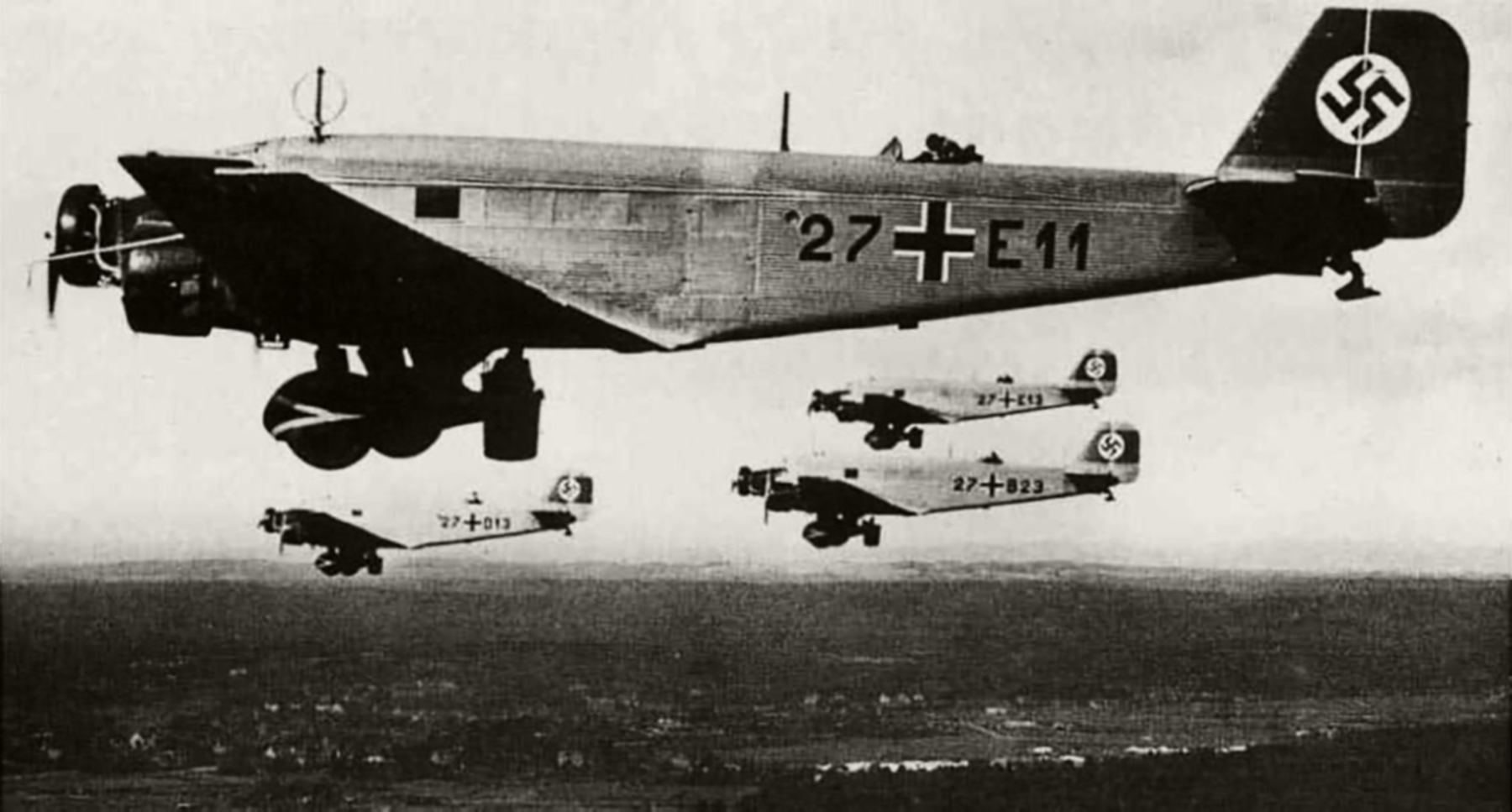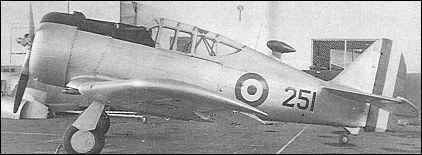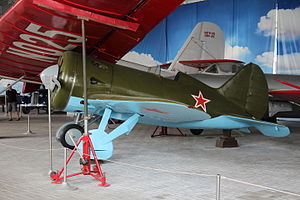I'm sure that with the right incentives the USSR would be willing to sell or licence late models of the Polikarpov I 16. (I wonder how the US would react to Mexico or Cuba buying a modern air force from the Soviets in 1938, possibly with Soviet advisors)
https://en.wikipedia.org/wiki/Polikarpov_I-16
I-16 ticks all the boxes. Plus, 9 cyl radials of 800-1000 HP power were in wide production and use in many countries by late 1930s.
Specifically, "Engine choices are limited because RR refuses to sell the new Merlin engine. American politics prevent Allison from selling you any engines and German factories will only sell you 'last week’s fashion.' This limits you to inline or single-row radial engines producing less than 1,000 horsepower."
I take that to mean the reason the choices are limited is because they don't want to sell the engines. Solution: buy an airliner already equipped with better engines that can be back-engineered. Bonus: if this theoretical Speedbumpforpanzerstan has rivers large enough to accomodate barges and war is imminent, Boeing Clippers and S-45s are reasonable.
I'm afraid that US practice was that engines were purchased separately. Granted, we can whip up several scenarios for 2-row engines for our panic fighters, but, when OP specifically says that 'this limits you to ... or single-row radial', I take it as 'no 2-row radials allowed'. The 1500 HP power figure is als way above what OP required.
OTOH, let's say our cunning plan works out, and we've bought 2 hundreds of 1500 HP R-2600s. The early R-2600 of 1500 and 1600 HP were using supercharger gearing for low altitude (7.4:1 for 1500 HP, or 7:1 for 1600 HP - all take-off figures), rated altitude being 5000 ft (1200 HP max continuous, no military power rating yet). Great for flying boats and transports, but it will not cut it for fighters who are supposed to fly well above 15000 ft by mid-1930s. At 15000 ft, the R-2600-1, or -2, or GR-2600A2 will make how much, 850-900 HP? Bristol Mercury of late 1930s (as installed in Blenheim, for example) gives ~800 HP there, at
half the weight and smaller frontal area, and one does not need to pull any tricks to buy it.
Sticking the R-2600 on a fighter requires also bigger fuel tank for a thirstier engine, say 130 gals vs. 80 for the Mercury-powered fighter? Bigger oil tank with bigger oil cooler; also bigger prop and stronger (= heavier) engine support. Constant-speed prop is a must, otherwice all that power at low alt cannot be used up. So we end up with a fighter that is of size & weight of a Hurricane I (best case), but slower than it, climbing much slower once past 10000 ft, with a price tag perhaps 70-80 % greater than it would be the case with a fighter that uses an off-the-shelf 1-row radial.
The R-2600 cannot use 87 oct fuel, needs 95 oct at least (91 oct for 1500 HP version).
There is no wonder that US fighter designs from late 1930s featured mostly V-1710s or R-1830s while on drawing board.








